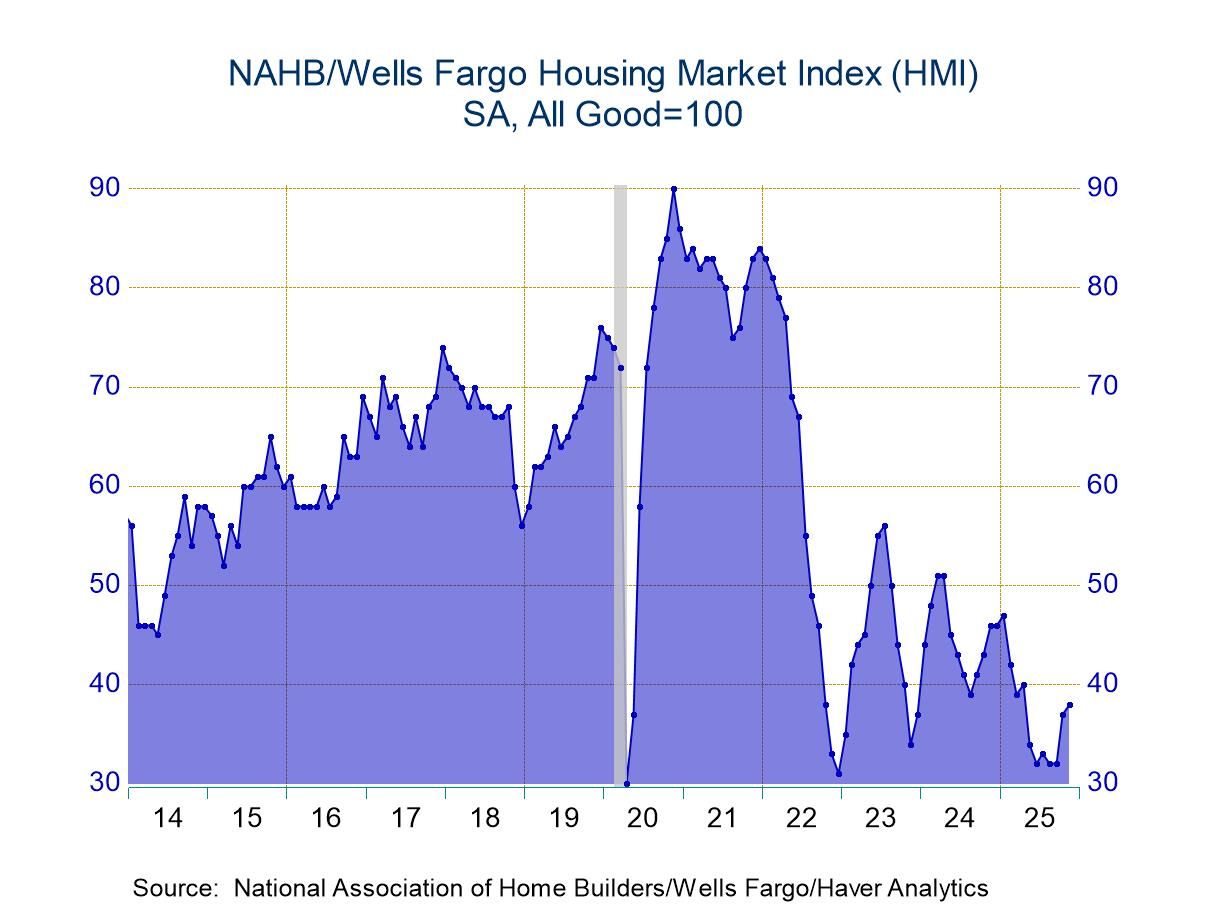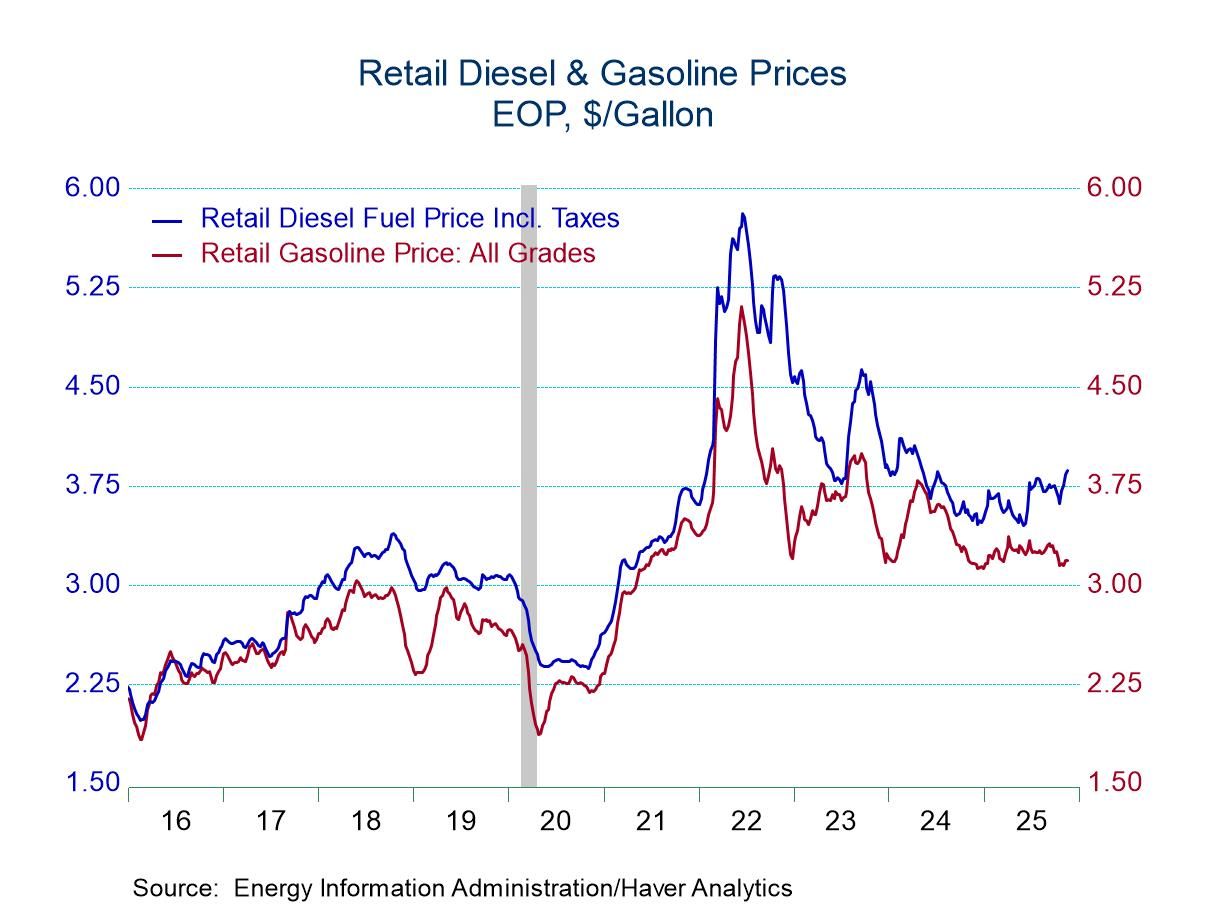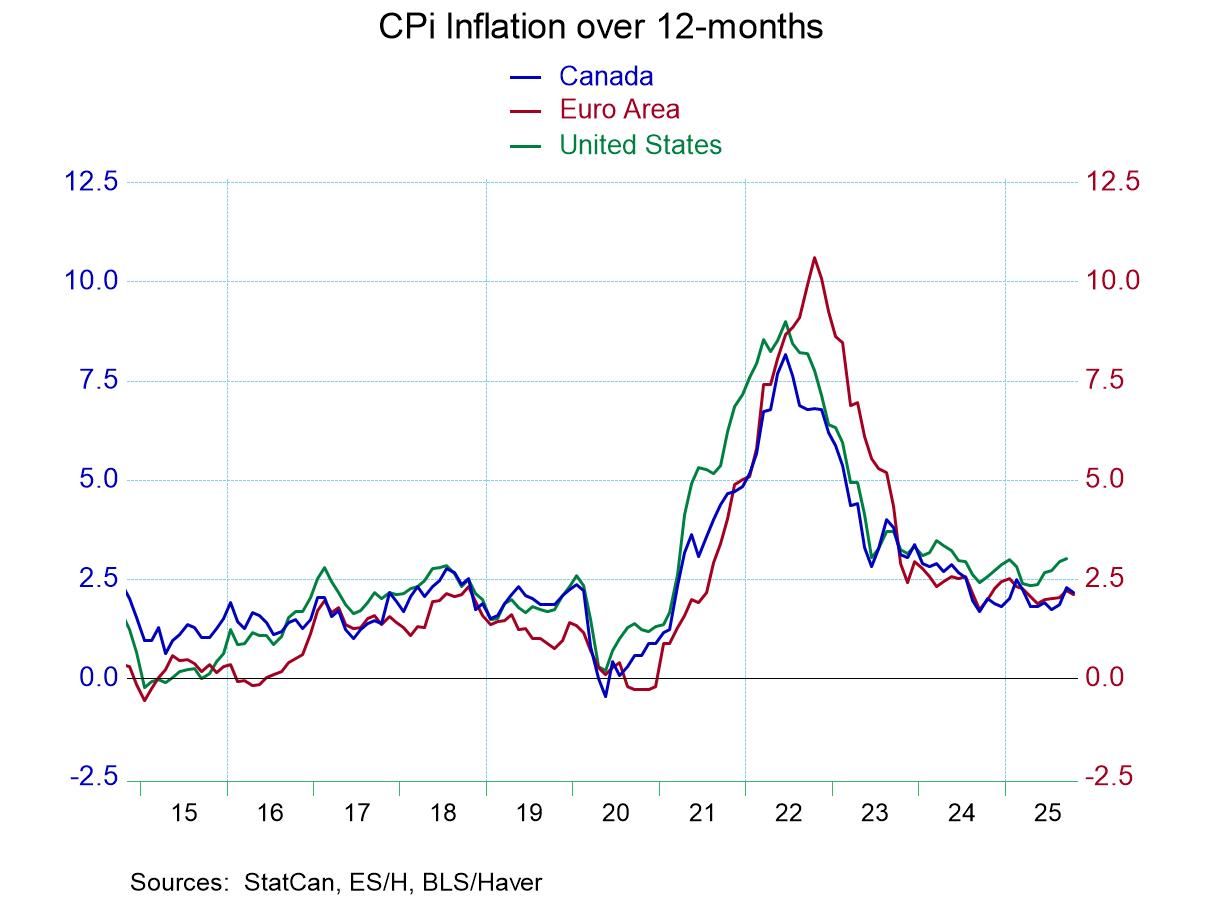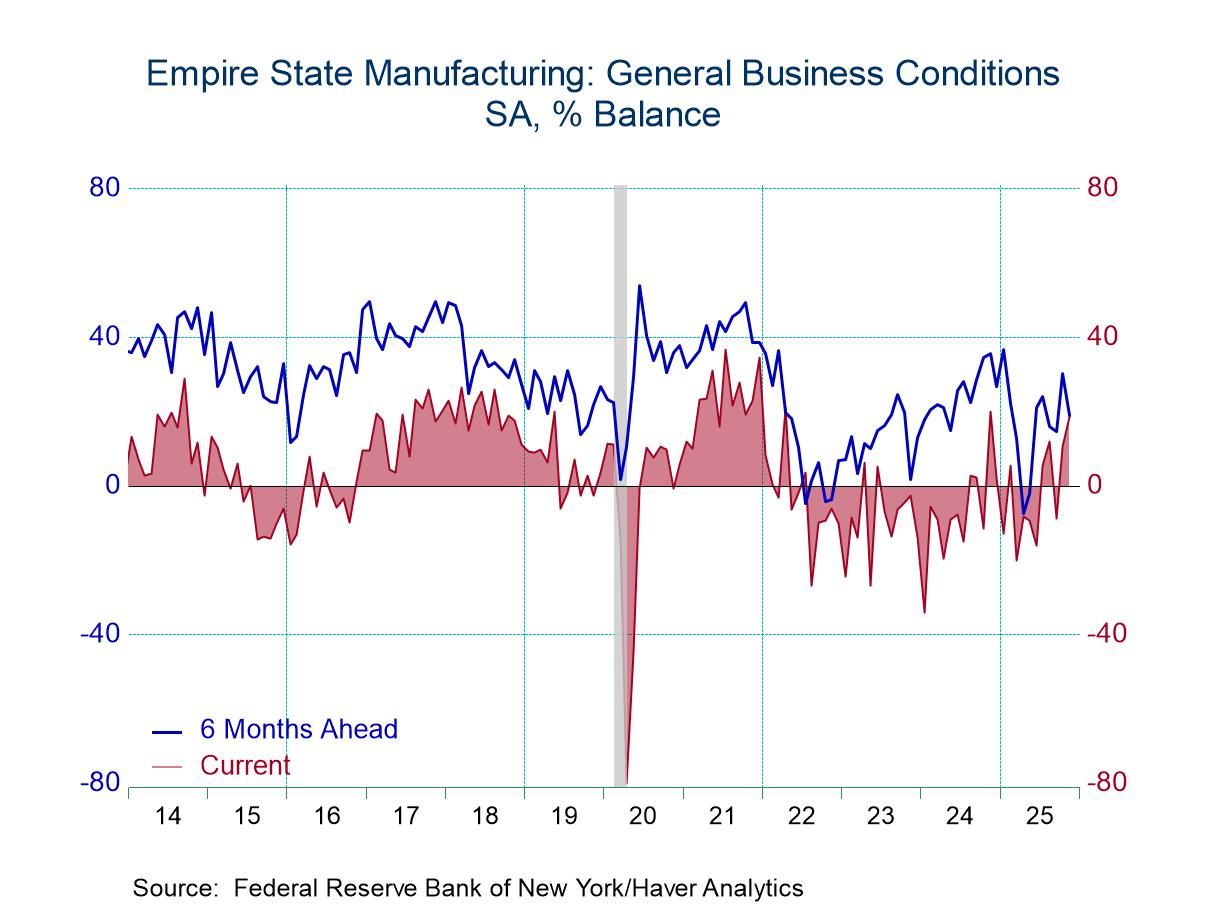 Global| Dec 07 2015
Global| Dec 07 2015German IP Makes Small Gain After Two Drops
Summary
Germany's industrial production rose by 0.2% in October after falling for two consecutive months. Manufacturing IP which also fell for two consecutive months is advancing by a stronger 0.6% in October. The manufacturing IP gain is [...]
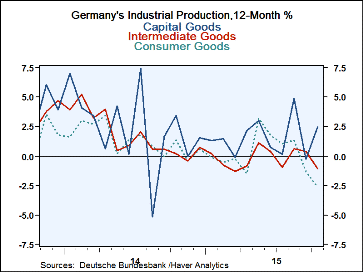 Germany's industrial production rose by 0.2% in October after falling for two consecutive months. Manufacturing IP which also fell for two consecutive months is advancing by a stronger 0.6% in October. The manufacturing IP gain is wholly on the back of an advance in capital goods.
Germany's industrial production rose by 0.2% in October after falling for two consecutive months. Manufacturing IP which also fell for two consecutive months is advancing by a stronger 0.6% in October. The manufacturing IP gain is wholly on the back of an advance in capital goods.
Sequential growth rates from 12-month to six-month to three-month show a swing to declines over six-month and three-month for overall orders with increasingly worse results. Consumer goods IP is declining progressively faster on all those horizons. Capital goods output gives way to a decline over three months and shows steady slippage in its growth rates. Intermediate goods output is showing declines on all horizons, but they are not progressively worse. Manufacturing IP and real manufacturing orders are both showing progressively worse declines from 12-month to six-month to three-month. This profile is not encouraging despite the month's IP gain.
In the quarter to date, overall IP is falling at a 4.5% annual rate. This is a very preliminary calculation since it depicts growth as of October over the Q3 base which centers on August. On this measure, consumer goods output is falling at 13.8% annual rate. Intermediate goods output is falling at a 5.5% annual rate. But capital goods output is rising at a 7.7% annual rate. In the quarter to date, construction sector output is up at a 17.2% annual rate. And manufacturing output is falling at a 1.6% annual rate.
The Bundesbank recently issued new forecasts for 2015 and 2016 and did not trim them. IP is coming back to show growth in October, so that is encouraging. But the ECB stimulus that has been adopted was not as aggressive as expected. China, an important German export market, is weak and stumbling. Volkswagen, the most important company in Germany, still has to resolve its difficulties. Today's reported rise in IP is far from cathartic.
Among other early reports of IP in October, Spain shows a decline and shows progressive weakness with actual declines in IP over three months and six months. Ireland shows a strong 3.4% rise for IP in October coupled with generally very strong if inconsistent growth rates over three months, six months and 12 months. Portugal, the third early reporter of IP, shows a strong 2.8% gain in October but still has a decline over three months. Still, in the quarter to date, only Spain shows a decline at a -10.4% pace while Ireland is up at a 16.4% pace and Portugal's IP is up at a 9.4% pace.
The quarter-to-date numbers are quite erratic for Germany and the other early reporters. But over the recent three months, all show declines except for the small Irish economy. Looking ahead, the Bundesbank is holding its forecasts. Quarter-to-date real German orders already are showing a gain even if they are lower over three months. On balance, trends are not crystal clear. And growth remains on our watch list as worldwide manufacturing PMIs continue to show weakness into November.
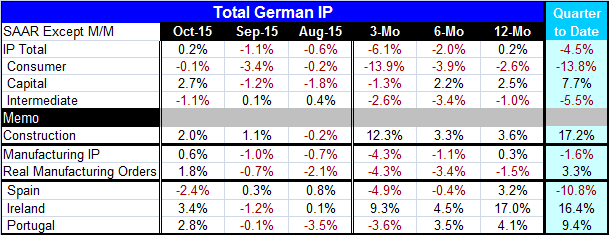
Robert Brusca
AuthorMore in Author Profile »Robert A. Brusca is Chief Economist of Fact and Opinion Economics, a consulting firm he founded in Manhattan. He has been an economist on Wall Street for over 25 years. He has visited central banking and large institutional clients in over 30 countries in his career as an economist. Mr. Brusca was a Divisional Research Chief at the Federal Reserve Bank of NY (Chief of the International Financial markets Division), a Fed Watcher at Irving Trust and Chief Economist at Nikko Securities International. He is widely quoted and appears in various media. Mr. Brusca holds an MA and Ph.D. in economics from Michigan State University and a BA in Economics from the University of Michigan. His research pursues his strong interests in non aligned policy economics as well as international economics. FAO Economics’ research targets investors to assist them in making better investment decisions in stocks, bonds and in a variety of international assets. The company does not manage money and has no conflicts in giving economic advice.



